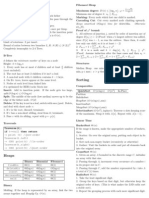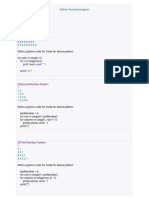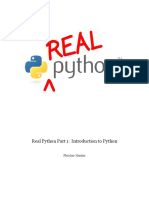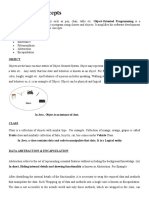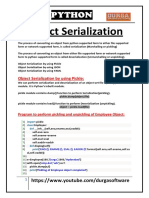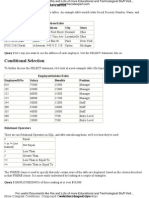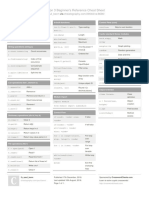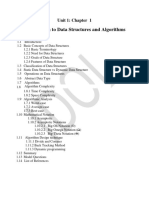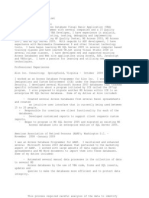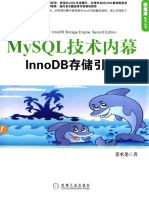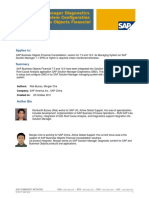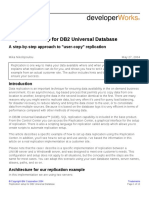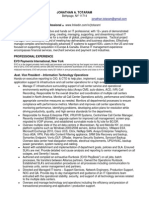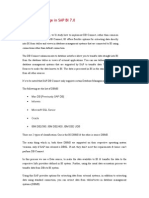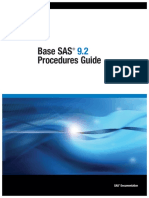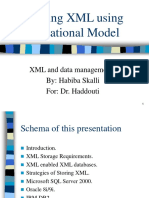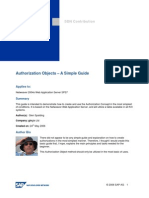100% found this document useful (1 vote)
2K views1 pageMysql Cheat Sheet en 120625000908 Phpapp02 PDF
This document provides a cheat sheet for MySQL with summaries of basic operations, table operations, storage engines, transaction operations, administration operations, and more. It includes commands for connecting to MySQL, starting and stopping the MySQL daemon, checking server status, creating and modifying databases and tables, importing and exporting data, and server administration tasks like backups, restores, and log maintenance. A link is provided to the original Japanese sheet as well as the MySQL official documentation.
Uploaded by
Desislava ValovaCopyright
© © All Rights Reserved
We take content rights seriously. If you suspect this is your content, claim it here.
Available Formats
Download as PDF, TXT or read online on Scribd
100% found this document useful (1 vote)
2K views1 pageMysql Cheat Sheet en 120625000908 Phpapp02 PDF
This document provides a cheat sheet for MySQL with summaries of basic operations, table operations, storage engines, transaction operations, administration operations, and more. It includes commands for connecting to MySQL, starting and stopping the MySQL daemon, checking server status, creating and modifying databases and tables, importing and exporting data, and server administration tasks like backups, restores, and log maintenance. A link is provided to the original Japanese sheet as well as the MySQL official documentation.
Uploaded by
Desislava ValovaCopyright
© © All Rights Reserved
We take content rights seriously. If you suspect this is your content, claim it here.
Available Formats
Download as PDF, TXT or read online on Scribd
/ 1
